Home>Garden Essentials>How Fast Does A Radish Germinate
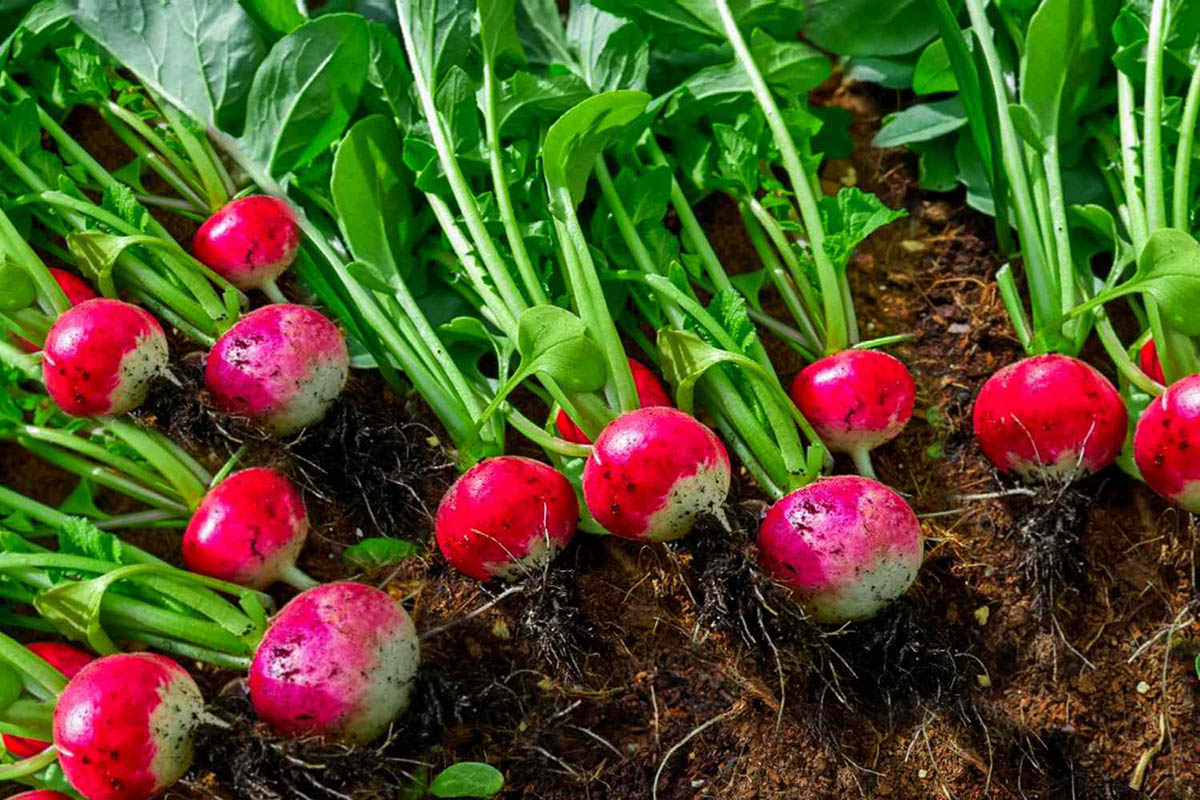

Garden Essentials
How Fast Does A Radish Germinate
Modified: March 15, 2024
Discover how quickly a radish germinates in your garden and master the art of growing this vibrant vegetable with our helpful tips and tricks.
(Many of the links in this article redirect to a specific reviewed product. Your purchase of these products through affiliate links helps to generate commission for Storables.com, at no extra cost. Learn more)
Introduction
Gardening enthusiasts and vegetable lovers are often fascinated by the process of seed germination. Witnessing a tiny seed transform into a vibrant plant can be a rewarding and fulfilling experience. When it comes to radishes, understanding the speed and factors that influence their germination can help gardeners achieve successful results.
Radishes (Raphanus sativus) are fast-growing root vegetables that belong to the Brassicaceae family. Known for their crunchy texture and peppery flavor, these versatile vegetables can be enjoyed in salads, sandwiches, or pickled for a tangy twist. As a cool-season crop, radishes thrive in spring and fall, making them an ideal choice for gardeners in temperate climates.
In this article, we will delve into the factors that affect radish germination and explore the optimal conditions required for successful growth. We will also discuss the germination time, process, and the role of temperature, light, water, and seed quality in ensuring a successful radish germination.
Whether you are a seasoned gardener or a beginner, understanding the nuances of radish germination will help you kick-start your gardening journey on the right foot.
So, let’s dive in and explore the fascinating world of radish germination!
Key Takeaways:
- Radish seeds prefer cool temperatures and consistent moisture for germination. Quality seeds and proper soil conditions are key for successful growth.
- Understanding the factors like temperature, water, light, and seed quality empowers gardeners to create an ideal environment for radish germination.
Read more: How Fast Does Perennial Ryegrass Germinate
Factors Affecting Radish Germination
Radish germination depends on several factors that influence the overall success of the process. Understanding these factors will help gardeners create optimal conditions for the seeds to grow into healthy and productive plants.
1. Soil Temperature: Radishes prefer cool temperatures for germination. The ideal soil temperature for radish seeds to germinate is between 50°F and 85°F (10°C to 29°C). If the soil is too cold, the germination process will be slow, while excessively high temperatures can inhibit germination.
2. Soil Moisture: Adequate moisture is crucial for radish germination. Dry soil can prevent seeds from absorbing water and initiating the germination process. On the other hand, overly wet or waterlogged soil can lead to rotting of the seeds. It is essential to maintain a balance and keep the soil consistently moist during germination.
3. Sunlight: Unlike some plants that require direct sunlight for germination, radish seeds do not need light to initiate the process. They can germinate in both light and dark conditions. However, once the seedlings emerge above the soil surface, they require adequate sunlight to grow and develop into healthy plants.
4. Seed Depth: Proper seed depth is crucial for radish germination. Radish seeds should be sown at a depth of about ½ inch (1.25 cm) in the soil. Planting the seeds too deep can inhibit germination, while planting them too shallow may expose them to drying out.
5. Soil Quality: Radishes thrive in well-drained soil with good organic matter content. The soil pH should ideally be between 5.8 and 6.8. Poor soil quality, compacted soil, or soil with inadequate nutrients can negatively impact germination and overall plant growth.
6. Seed Quality: The quality of radish seeds plays a significant role in successful germination. It is crucial to choose high-quality seeds from reputable sources. Fresh, viable seeds with a high germination rate are more likely to produce healthy seedlings.
By considering these factors and providing the optimal conditions for germination, you can ensure a higher success rate and healthier radish plants in your garden. Now let’s move on to discuss the specific conditions that are ideal for radish germination.
Optimal Conditions for Radish Germination
Creating the right conditions for radish germination is essential to ensure healthy seedling development and maximize the chances of successful growth. Here are the key factors to consider for optimal radish germination:
1. Temperature: Radishes are cool-season crops that prefer cooler temperatures for germination. The ideal soil temperature for radish seeds to germinate is between 50°F and 85°F (10°C to 29°C). It is recommended to sow radish seeds when the soil temperature is consistently within this range.
2. Moisture: Adequate moisture is crucial for radish seed germination. Before sowing the seeds, make sure the soil is evenly moist, but not waterlogged. During the germination period, it is important to keep the soil consistently moist to support the seed’s hydration and promote sprouting.
3. Soil Type: Radishes thrive in well-drained soil that is rich in organic matter. Loose, loamy soil that retains moisture without becoming waterlogged is ideal for radish germination. Avoid heavy clay soils that can impede root growth.
4. pH Level: Radishes prefer slightly acidic to neutral soil conditions with a pH level ranging from 5.8 to 6.8. Ensure the pH of your soil is within this range, as extreme acidity or alkalinity can inhibit seed germination and plant growth.
5. Light: While radish seeds can germinate in both light and dark conditions, they require adequate sunlight for healthy growth once they emerge from the soil. Plant your radish seeds in an area that receives at least 6-8 hours of direct sunlight each day.
6. Seed Depth: Plant radish seeds at a depth of around ½ inch (1.25 cm) in the soil. This depth allows for proper moisture absorption while protecting the seeds from drying out. Ensure the soil is gently pressed down over the seeds to secure them in place.
7. Spacing: Radish seeds should be sown with an appropriate spacing of about 1-2 inches apart. This allows enough room for the seedlings to grow and develop without competing for resources. Proper spacing also helps in proper airflow and reduces the risk of diseases.
By providing these optimal conditions, you can enhance the germination and growth of your radish seeds. Now, let’s move on to explore the typical germination time for radish seeds.
Germination Time for Radish Seeds
Radish seeds are known for their relatively fast germination compared to many other vegetable seeds. Under optimal conditions, radish seeds typically germinate within 3 to 10 days. However, the germination time may vary depending on factors such as temperature, moisture, and seed quality.
When the soil temperature is maintained within the ideal range of 50°F to 85°F (10°C to 29°C), radish seeds can sprout within a few days. Warmer temperatures tend to promote faster germination, while cooler temperatures can slow down the process.
Adequate moisture is crucial for radish germination. By keeping the soil consistently moist and ensuring proper irrigation, you can facilitate quicker and more uniform germination. Avoid overwatering, as excessive moisture can lead to seed rot or fungal diseases.
Seed quality also plays a significant role in germination time. High-quality radish seeds that are fresh and viable have a higher germination rate and tend to sprout faster. It is recommended to purchase seeds from reputable suppliers who provide reliable information regarding seed viability and germination rates.
In addition to these factors, it is important to note that some radish varieties may have slightly different germination times. Some varieties may sprout within a shorter timeframe of 3 to 5 days, while others may take closer to 10 days. Checking the specific germination information provided by the seed supplier can help you estimate the expected germination time for your chosen radish variety.
Once the radish seeds have germinated, the seedlings will emerge from the soil with their cotyledon leaves, which are the first set of leaves. These seedlings will continue to grow into mature plants with proper care, providing you with delicious radishes to enjoy.
Now that we understand the typical germination time for radish seeds, let’s explore the fascinating process of radish germination in more detail.
Germination Process of Radish Seeds
The germination process of radish seeds is a remarkable journey from dormancy to vibrant life. Understanding the key stages of germination can help gardeners provide the necessary care and support for their radish seeds.
1. Imbibition: The germination process begins with imbibition, where the seed absorbs water and swells. Water penetrates the seed coat, activating enzymes and triggering metabolic processes within the seed.
2. Radicle Emergence: As the seed absorbs water, the embryo inside begins to grow and develop. The radicle, which is the embryonic root, is the first part to emerge from the seed. It elongates and grows downward seeking moisture and nutrients in the soil.
3. Cotyledon Emergence: Shortly after the radicle emerges, the cotyledons begin to push through the soil surface. Cotyledons are the first leaves to appear, and they provide the initial nutrients for the seedling’s growth until the true leaves develop.
4. True Leaf Development: Once the cotyledons have fully emerged, the radish seedling starts to produce its true leaves. These leaves are the characteristic foliage of the radish plant, and they photosynthesize to provide energy for further growth.
5. Root and Shoot Growth: As the radish seedling establishes itself, both the root system and the shoot system continue to grow. The roots branch out, spreading deeper into the soil to absorb nutrients and anchor the plant. Meanwhile, the shoot system elongates, developing more leaves and stems.
6. Maturation: With proper care and favorable growing conditions, the radish plant enters its maturation phase. The leaves continue to expand, allowing for more photosynthesis and energy production. The root bulb, which is the edible part of the radish, swells and develops its characteristic shape and size.
It is important to provide adequate care during the germination process to ensure successful growth. This includes providing the optimal conditions of temperature, moisture, sunlight, and soil quality that we discussed earlier in this article.
By understanding and supporting the germination process of radish seeds, you can witness the transformation from a small, dormant seed to a flourishing plant that produces vibrant radishes. Now, let’s explore the role of temperature in radish germination.
To speed up radish germination, soak the seeds in water for 12-24 hours before planting. This can help soften the seed coat and promote quicker sprouting.
Role of Temperature in Radish Germination
Temperature plays a crucial role in the germination of radish seeds. Different temperatures can significantly affect the germination rate, speed, and overall success of radish seed germination.
1. Optimal Temperature Range: Radish seeds have an optimal temperature range for germination, which is between 50°F and 85°F (10°C to 29°C). Within this range, the enzymes responsible for seed germination are activated, and metabolic processes occur more efficiently.
2. Cooler Temperatures: Radishes are cool-season crops that can tolerate cooler temperatures. However, if the soil temperature falls below 50°F (10°C), the germination process may slow down significantly. Cooler temperatures can result in delayed sprouting and could potentially lead to unpredictable germination rates.
3. Warmer Temperatures: While radish seeds prefer cooler temperatures, they can also withstand slightly warmer conditions. However, if the soil temperature exceeds 85°F (29°C), the germination process may be inhibited. High temperatures can lead to reduced germination rates and poor seedling development.
4. Germination Rate: The temperature directly affects the germination rate of radish seeds. Warmer temperatures generally promote faster germination, with seeds sprouting within a shorter timeframe. Conversely, cooler temperatures can lead to slower germination, stretching the germination period.
5. Temperature Consistency: Consistency in temperature is essential for radish seed germination. Fluctuating temperatures can disrupt the germination process and result in uneven or erratic sprouting. Maintaining a constant temperature within the optimal range throughout the germination period ensures more uniform and reliable germination.
It is important to monitor the soil temperature and plan your sowing accordingly. Start sowing radish seeds when the soil temperature is consistently within the preferred range. If the weather is too cold or unpredictable, you can use techniques like soil warming or cold frames to create a more favorable environment for germination.
By paying attention to temperature and providing suitable conditions, you can optimize radish seed germination and ensure a higher rate of successful growth. Now, let’s explore the impact of light on radish germination.
Effect of Light on Radish Germination
The impact of light on radish germination is an interesting aspect to consider when cultivating these vegetables. While some plants require light for germination, radish seeds behave differently in terms of light requirements during this phase.
1. Germination in the Dark: Radish seeds have the ability to germinate in both light and dark conditions. This means that if the seeds are sown in a location with minimal or no access to light, they can still successfully sprout and begin the germination process.
2. Etiolation and Hypocotyl Growth: In the absence of light, radish seedlings go through a process called etiolation. Etiolated seedlings have a long, thin, and pale hypocotyl, which is the stem-like structure below the cotyledons. This elongation of the hypocotyl helps the seedling reach the soil surface in search of light.
3. Light Requirements after Germination: While radish seeds can germinate in the dark, they require adequate light once they emerge from the soil. Once the cotyledons have risen above the surface, the seedlings respond positively to sunlight and start performing photosynthesis to produce energy for growth.
4. Optimal Light Conditions: Radish plants thrive in full sunlight. They require at least 6-8 hours of direct sunlight each day to develop into healthy and robust plants. Insufficient sunlight can lead to weak seedlings, leggy growth, and reduced overall vigor.
It is important to note that if radish seeds are sown too deeply, they may struggle to reach the soil surface even in the presence of adequate light. It’s ideal to follow the recommended planting depth of about ½ inch (1.25 cm) to ensure that the emerging seedlings can easily access light for optimal growth.
Providing the necessary light conditions and ensuring that the radish seedlings receive adequate sunlight after germination will contribute to healthy plant development and productive harvests.
Now, let’s shift our focus to another essential factor in radish germination: water requirements.
Water Requirements for Radish Germination
Water is a vital component of successful radish germination. Adequate moisture in the soil is essential for proper seed hydration, enzyme activation, and metabolic processes that initiate seed germination. Understanding the water requirements of radish seeds will help ensure optimal germination and healthy seedling development.
1. Moisture Availability: Radish seeds require consistent moisture in the soil for successful germination. Before sowing the seeds, ensure that the soil is evenly moist but not saturated. Saturated soil can lead to waterlogged conditions, which can suffocate the seeds and inhibit germination.
2. Seed Hydration: As the radish seeds absorb water, they swell and activate the necessary enzymes for germination. This process, known as imbibition, is crucial for the metabolic activities within the seed that lead to growth and sprouting.
3. Consistent Moisture: Maintaining a consistent level of moisture during the germination period is important. Ensure that the soil remains consistently moist but not soggy. It is recommended to water the soil gently, using a fine mist or a watering can with a rose attachment, to avoid dislodging the seeds.
4. Avoid Overwatering: While moisture is necessary for germination, overwatering can be detrimental to radish seeds. Excessive water and waterlogged conditions can lead to seed rot, fungal diseases, and poor germination rates. It’s important to find a balance and avoid allowing the soil to become waterlogged.
5. Mulching: Applying a thin layer of organic mulch over the soil surface can help retain moisture and prevent rapid evaporation. Mulching also helps regulate soil temperature and prevents weed growth, which can compete with the radish seeds for water and nutrients.
6. Watering Schedule: Monitor the moisture level of the soil regularly during the germination period. Water as needed to maintain a consistently moist but not saturated environment. Factors such as temperature, weather conditions, and soil type can influence the watering frequency, so it’s essential to adapt your watering schedule accordingly.
By providing the right amount of moisture and maintaining consistent soil moisture levels, you can ensure optimal radish seed germination. Remember to strike a balance and avoid both underwatering and overwatering, as both extremes can hinder the germination process.
Now that we understand the water requirements for radish germination, let’s emphasize the importance of seed quality in achieving successful germination.
Importance of Seed Quality in Radish Germination
Seed quality plays a critical role in the successful germination of radish seeds. Choosing high-quality seeds ensures a higher germination rate, healthy seedlings, and ultimately, productive radish plants. Let’s explore the importance of seed quality and how it affects radish germination.
1. Germination Rate: High-quality radish seeds have a higher germination rate, meaning a larger percentage of them will successfully sprout and grow into seedlings. This ensures a more efficient use of resources and maximizes the chances of a successful harvest.
2. Vigorous Seedlings: Seeds with superior quality tend to produce more vigorous and healthy seedlings. These seedlings have better chances of developing into strong plants with robust root systems, leaf growth, and overall vitality. Healthy seedlings are more resilient, less susceptible to diseases, and have higher yields.
3. Seed Viability: The viability of a seed refers to its ability to germinate under favorable conditions. High-quality radish seeds have better viability, meaning they remain viable for a longer period. Fresh, viable seeds provide a higher chance of successful germination and reliable plant establishment.
4. Disease Resistance: Quality seeds are often selected from disease-resistant cultivars. These seeds have improved genetic traits that make them more resistant to common diseases and pests that can negatively impact radish germination and plant growth. Using disease-resistant seeds reduces the risk of losses due to diseases and increases the chances of a successful harvest.
5. Seed Storage: Proper storage conditions are essential for maintaining seed quality. High-quality seeds are typically stored in a cool, dry, and dark environment, which helps preserve their viability. When purchasing seeds, it is important to choose reputable suppliers who handle and store their seeds properly, ensuring the highest quality and viability.
6. Optimal Seedling Establishment: Good-quality seeds will have a higher probability of establishing themselves as healthy seedlings. This provides a strong foundation for successful growth, as healthy seedlings are better equipped to withstand environmental stresses and grow into productive radish plants.
7. Cost-Effectiveness: While high-quality seeds may come at a slightly higher price, they offer better value in the long run. The higher germination rate and overall plant health provided by quality seeds translate into a higher return on investment by maximizing yields and reducing the need for seed replacement.
Investing in high-quality radish seeds is crucial for achieving successful germination, healthy seedling development, and ultimately, a bountiful harvest. It is worth the effort to select and purchase seeds from reputable suppliers to ensure the best possible start to your radish-growing journey.
Now that we understand the importance of seed quality, let’s conclude our exploration of radish germination.
Read more: How Fast Do Oats Germinate
Conclusion
Radish germination is a fascinating process that involves various factors working together to transform dormant seeds into vibrant plants. By understanding and optimizing these factors, gardeners can ensure successful germination and cultivate healthy radish plants.
We explored the factors that affect radish germination, including soil temperature, moisture, sunlight, seed depth, soil quality, and seed quality. Each of these factors plays a crucial role in determining the germination rate, speed, and overall success of radish seed germination.
We learned that radish seeds prefer cool temperatures within the range of 50°F to 85°F for efficient germination. Adequate moisture is essential, but it’s crucial to maintain a balance and avoid both overwatering and underwatering. Radish seeds can germinate in both light and dark conditions, but sunlight is necessary for healthy growth once the seedlings emerge.
Optimal conditions, such as well-drained soil, proper seed depth, and suitable spacing, contribute to successful germination. Furthermore, investing in high-quality seeds obtained from reputable suppliers increases the chances of successful germination and robust plant development.
By providing the radish seeds with the right conditions, gardeners can witness the journey of germination – from imbibition and radicle emergence to cotyledon emergence, true leaf development, and maturation.
Understanding the importance of factors like temperature, water, light, and seed quality empowers gardeners to create an environment conducive to radish germination and ensure healthy seedling growth.
Whether you are a seasoned gardener or just starting your gardening journey, optimizing these factors will not only contribute to successful radish germination but also enhance your overall gardening experience.
So, take this knowledge, grab your radish seeds, and apply it to create the ideal conditions for germination. Soon, you will be rewarded with lush green seedlings that will grow into delicious radishes, adding vibrant flavors and nutritional value to your meals.
Happy planting, and may your radish garden flourish!
Frequently Asked Questions about How Fast Does A Radish Germinate
Was this page helpful?
At Storables.com, we guarantee accurate and reliable information. Our content, validated by Expert Board Contributors, is crafted following stringent Editorial Policies. We're committed to providing you with well-researched, expert-backed insights for all your informational needs.
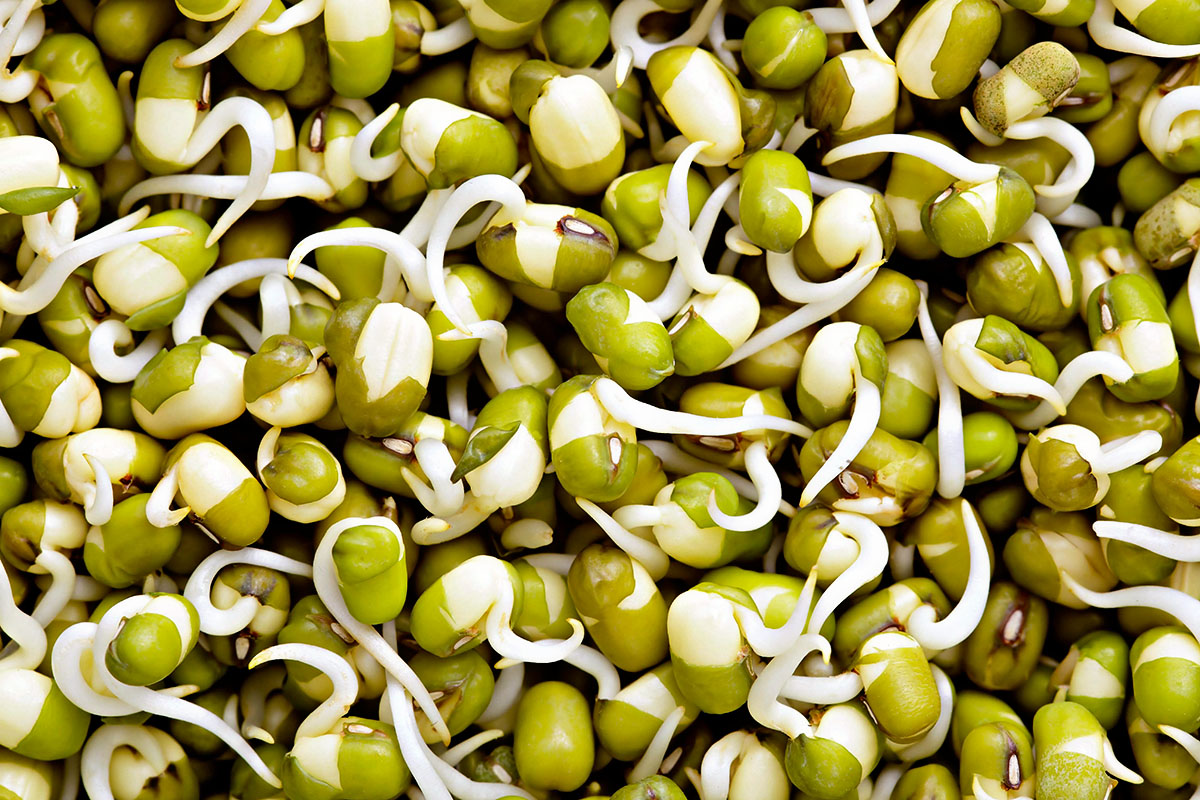
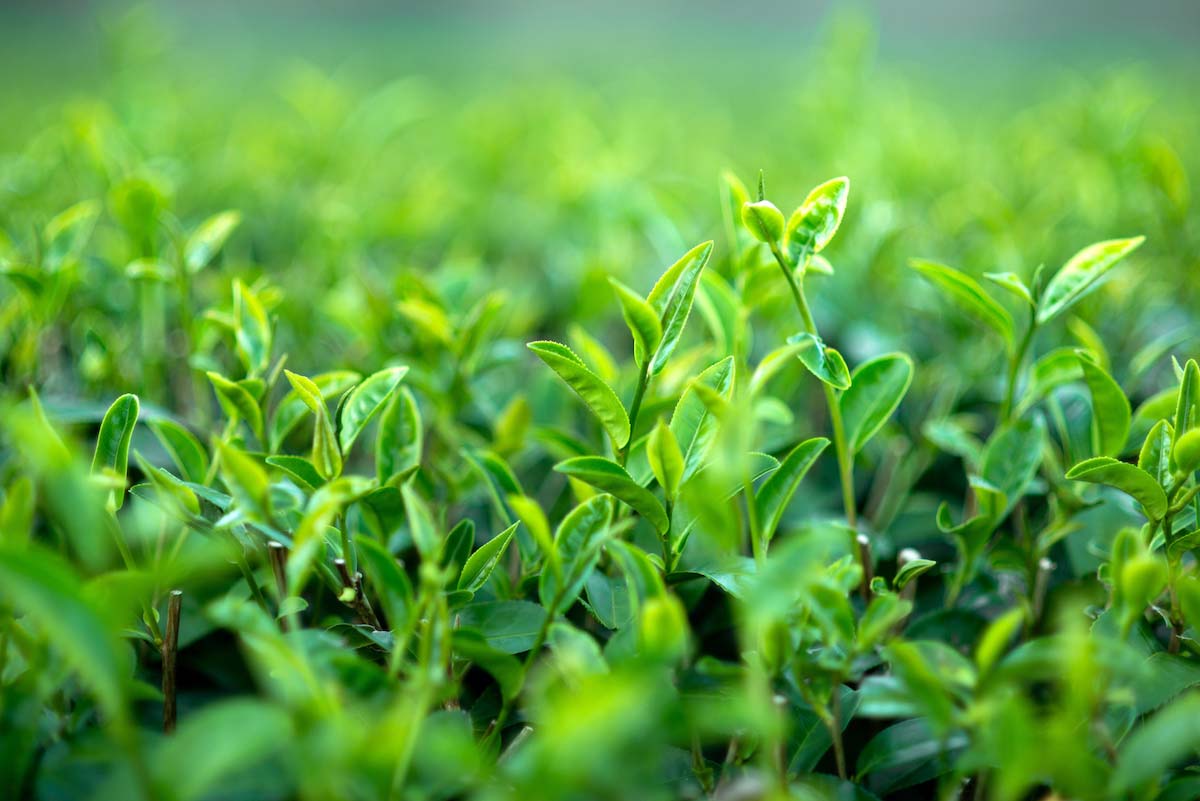
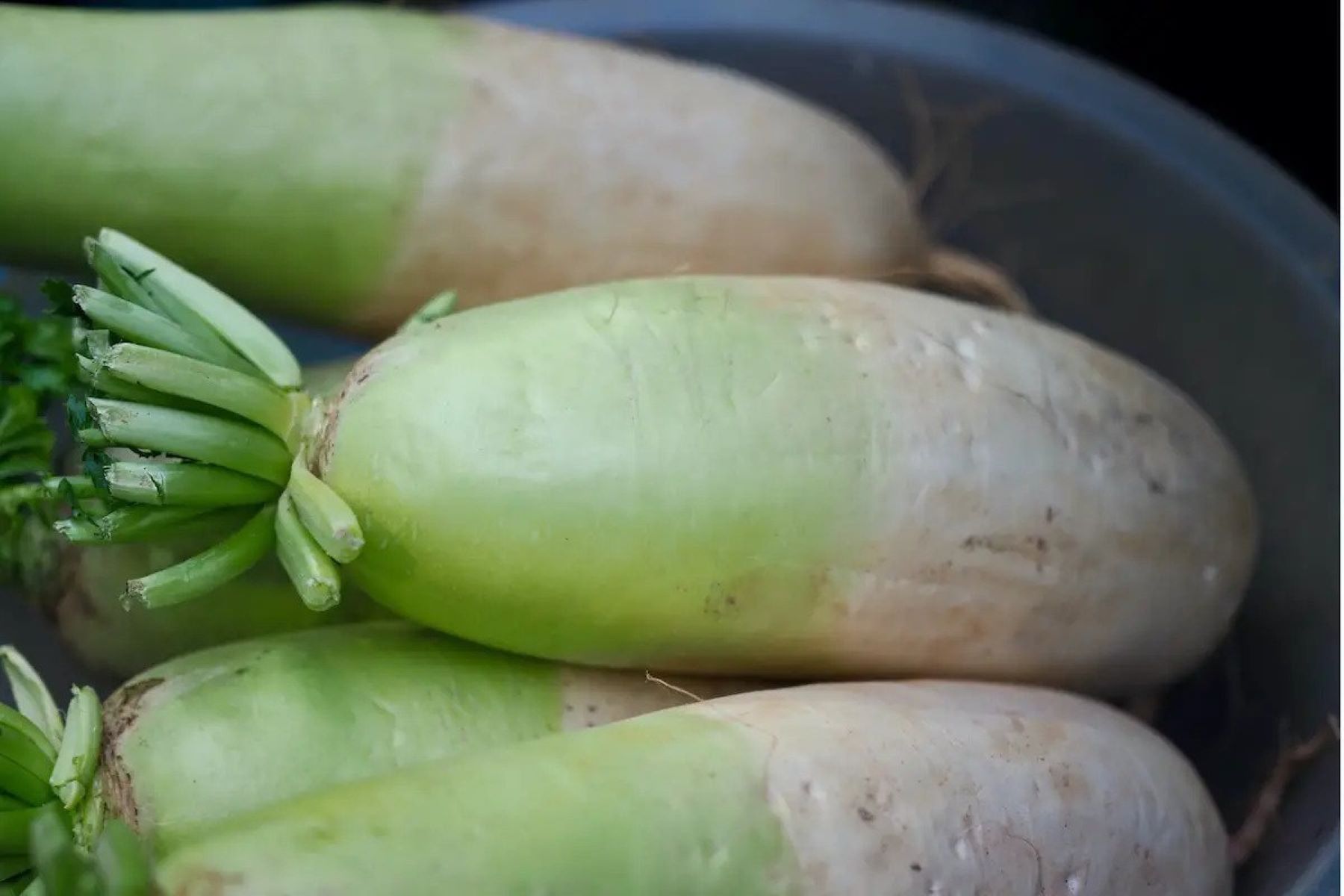

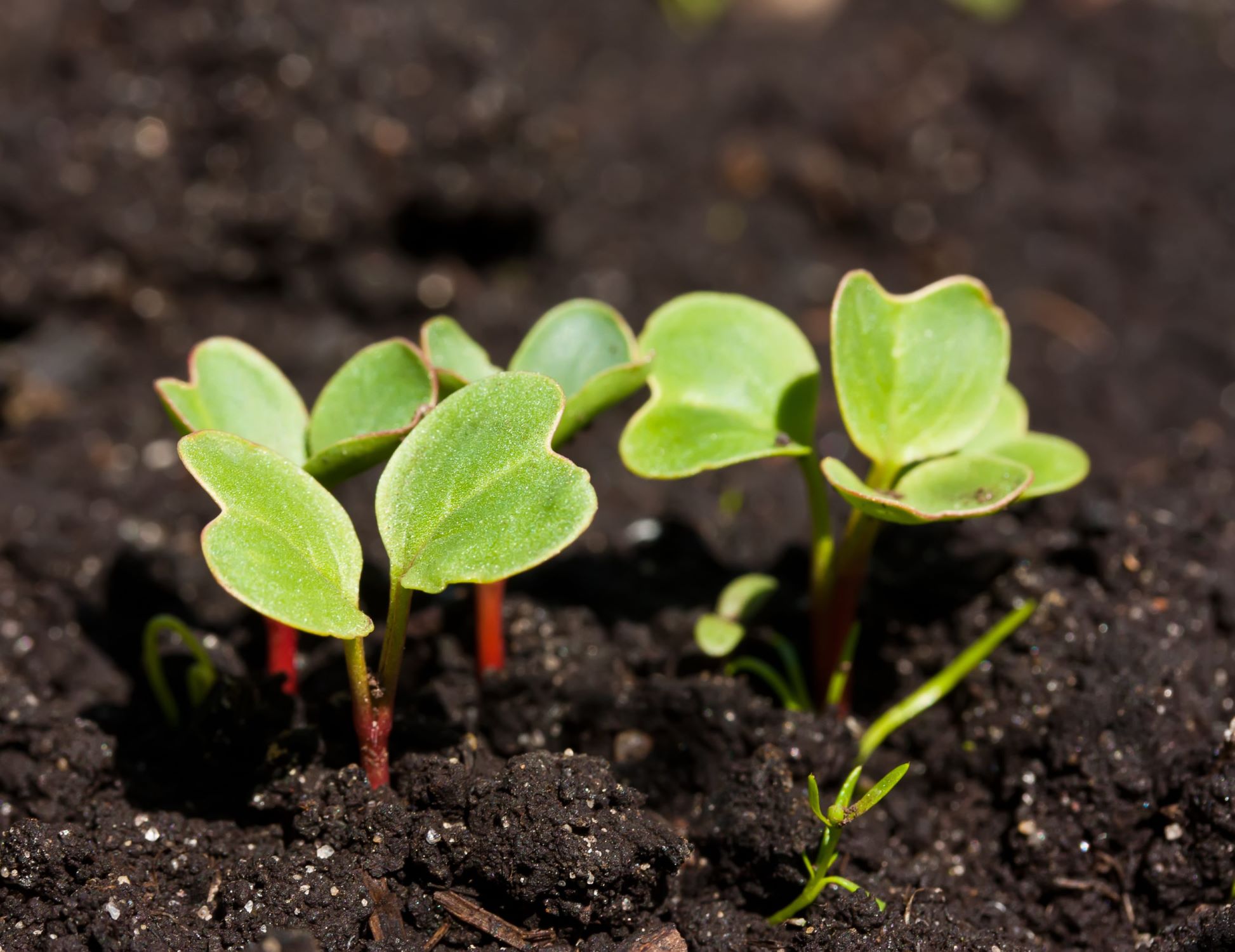
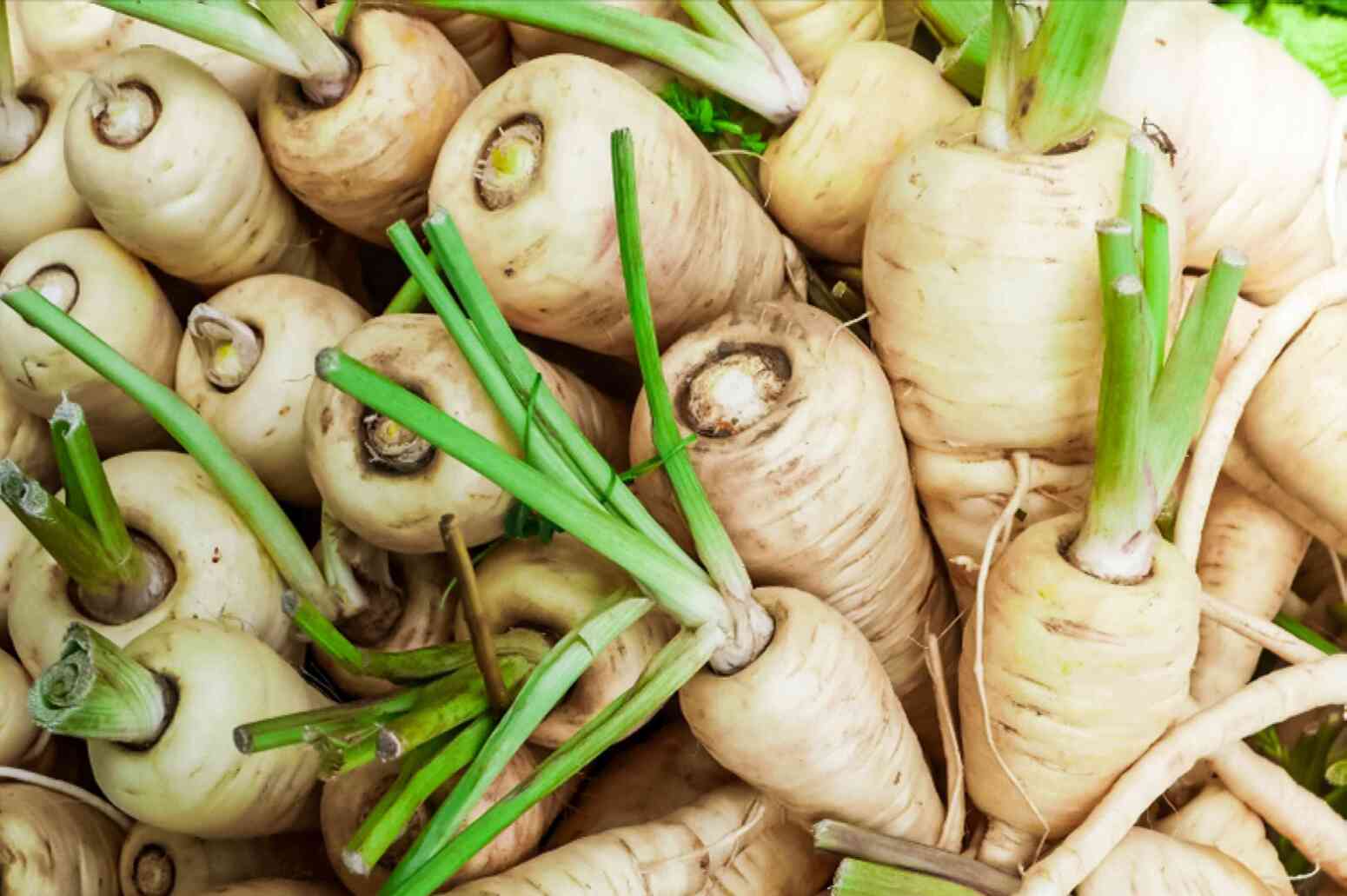
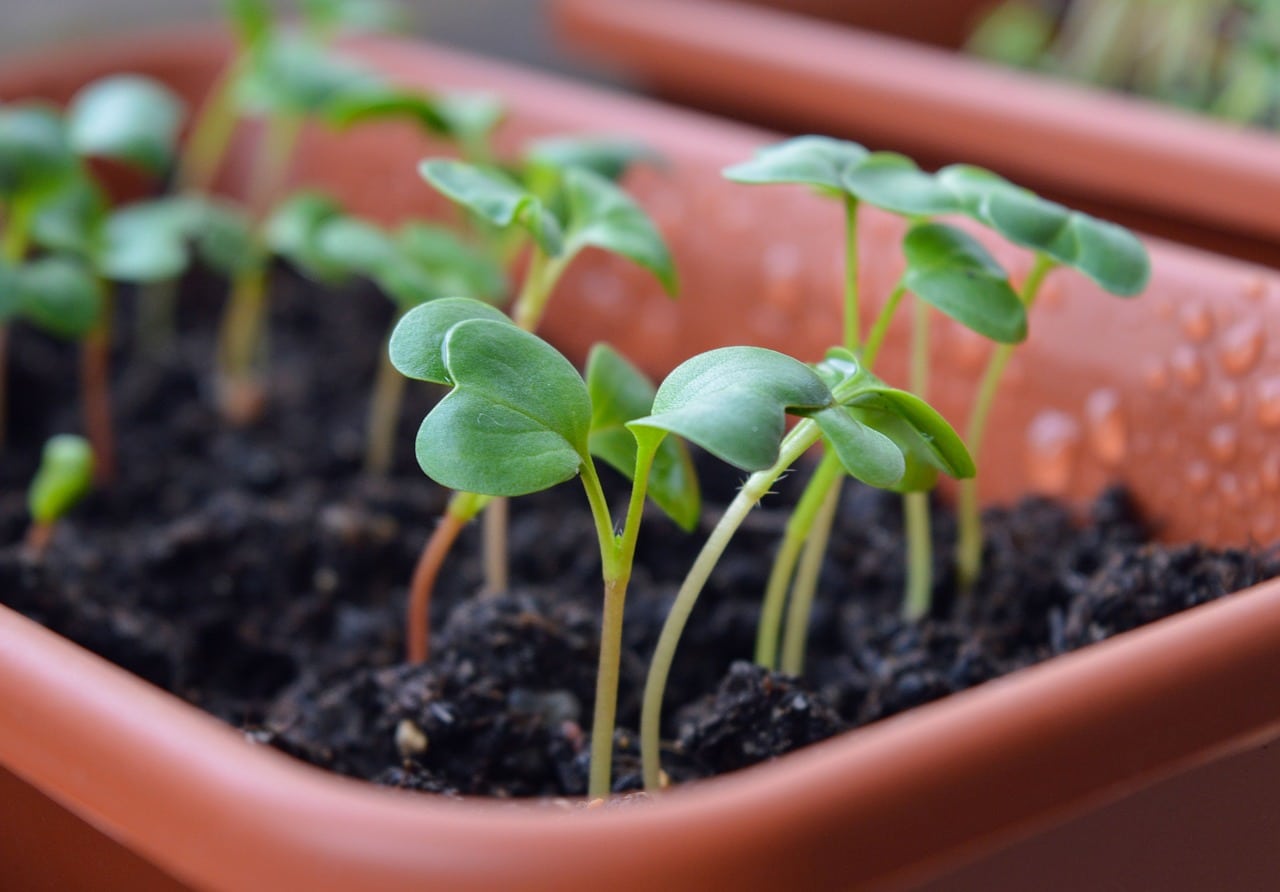
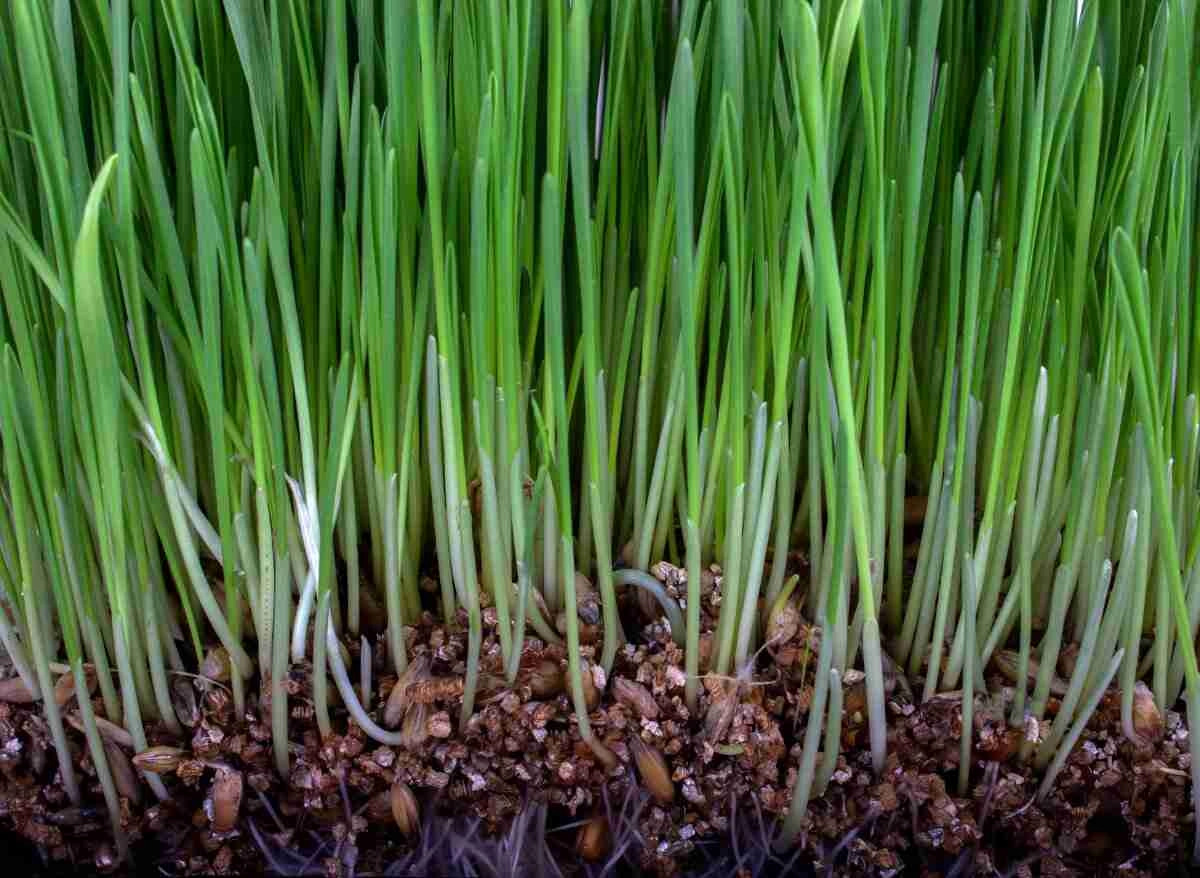
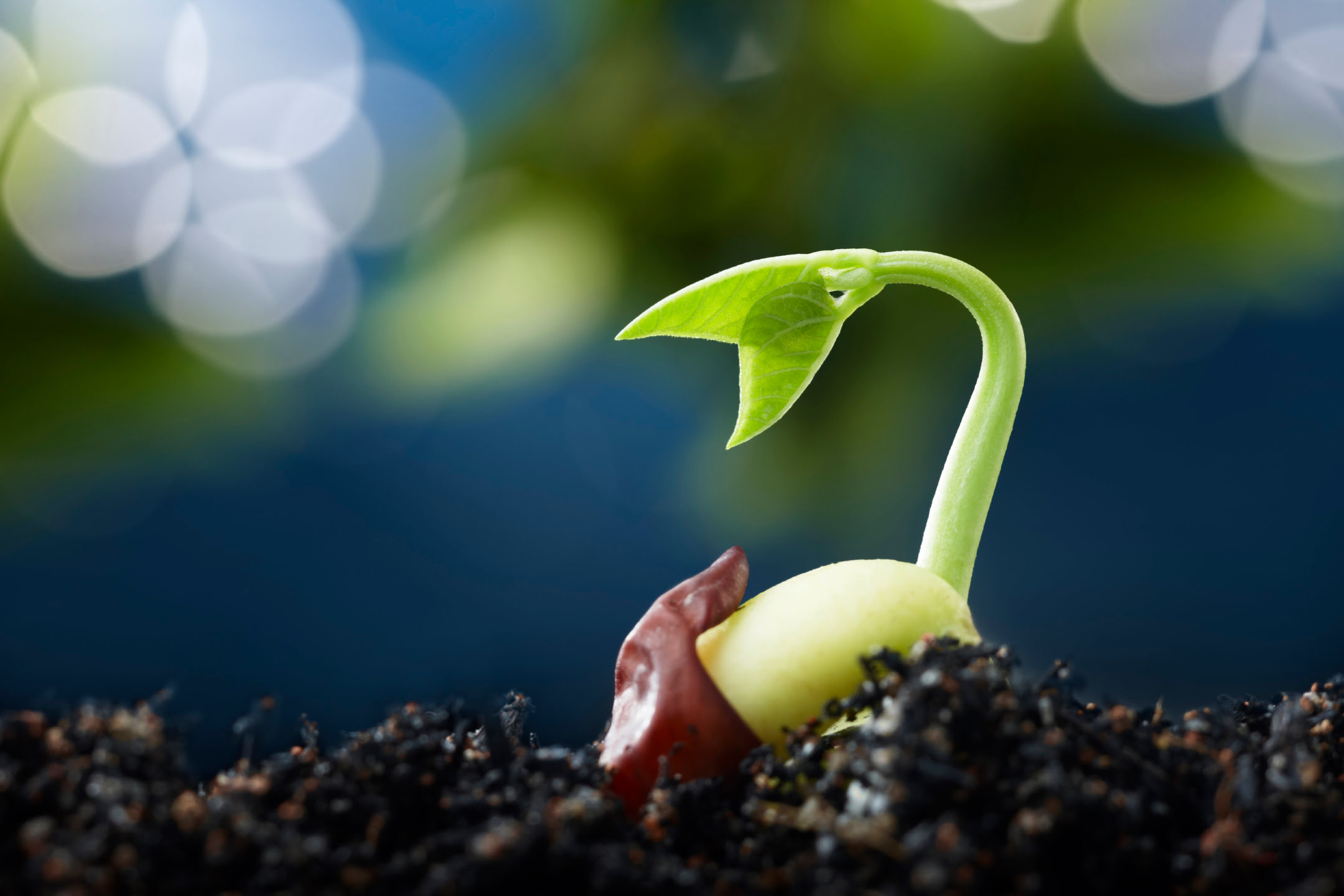
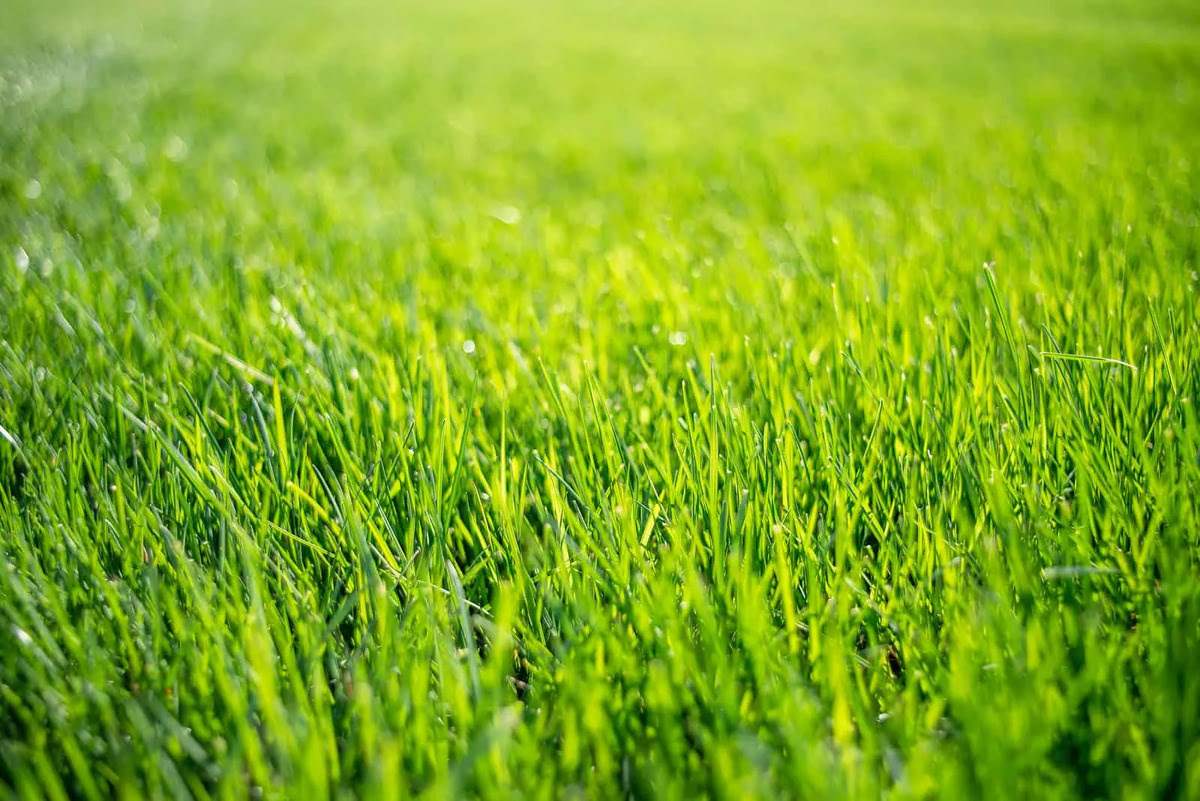
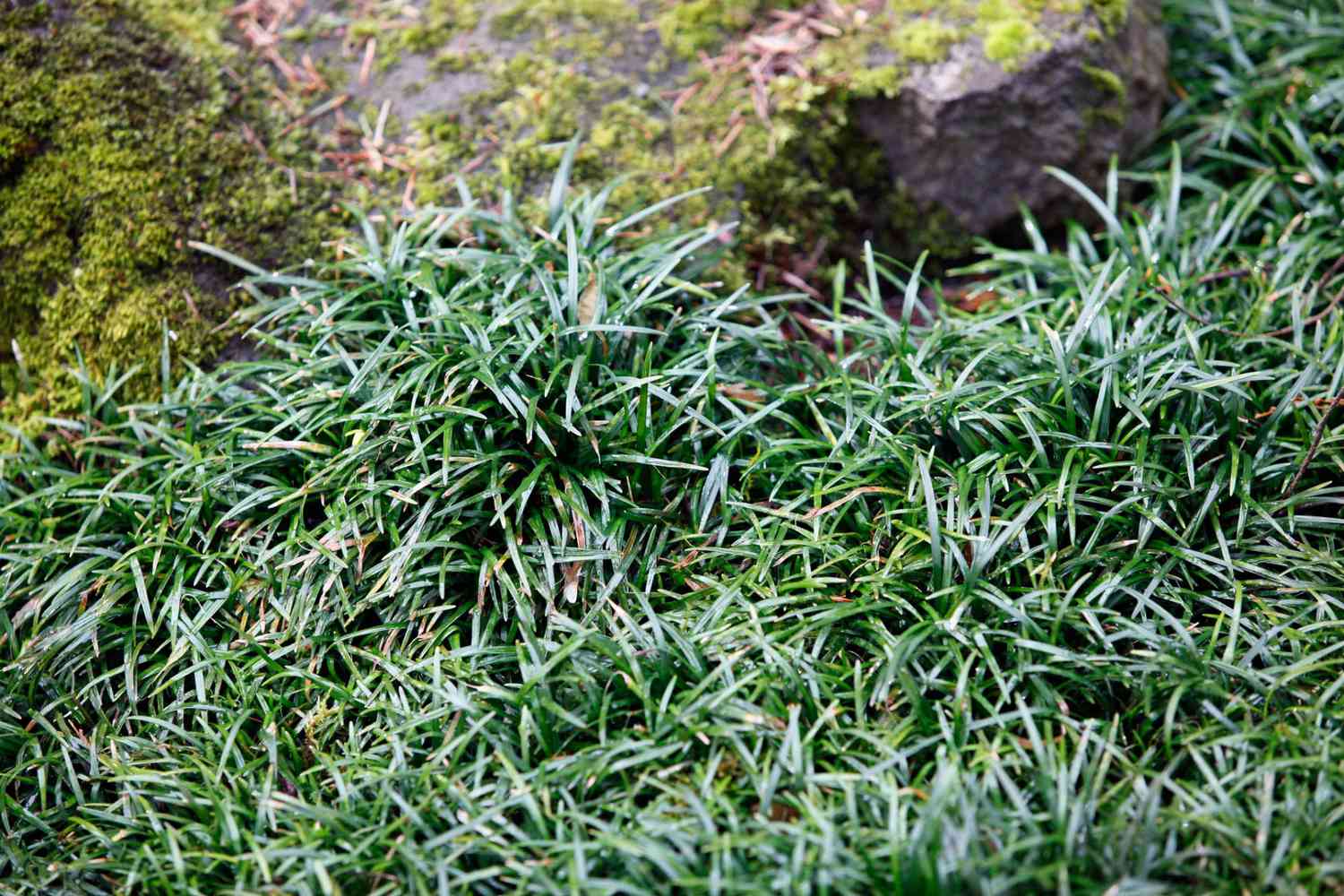
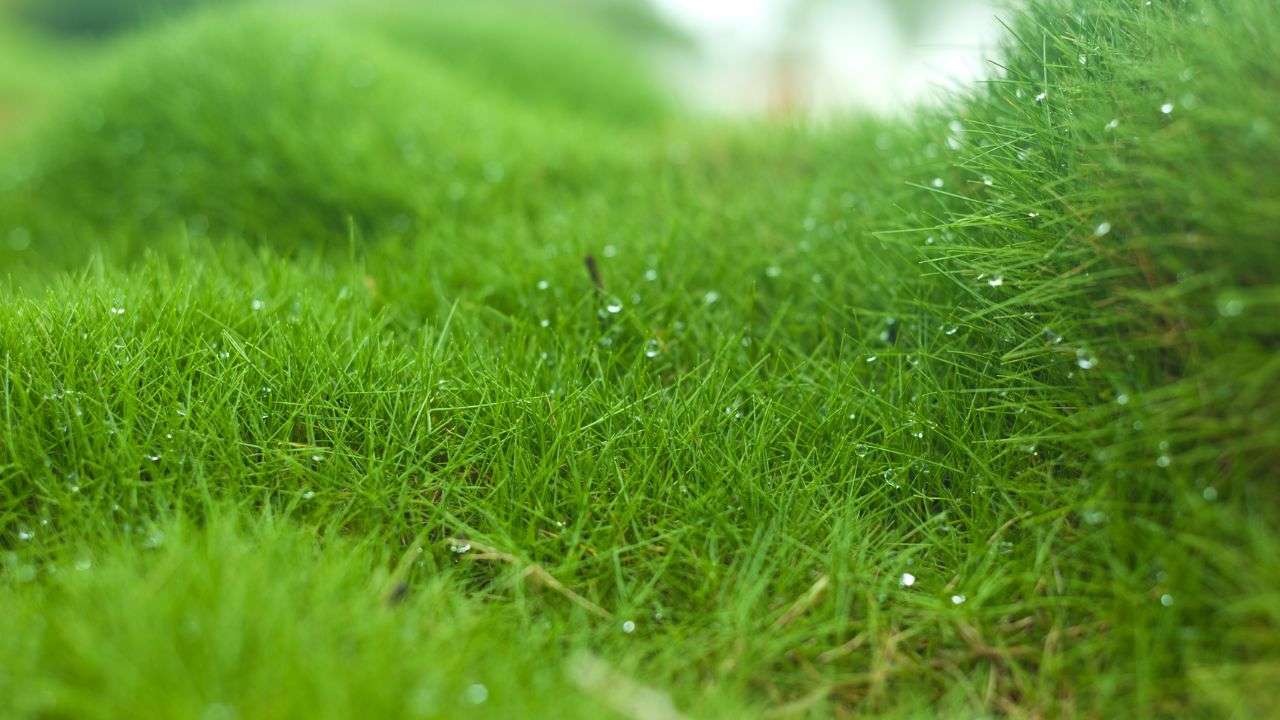
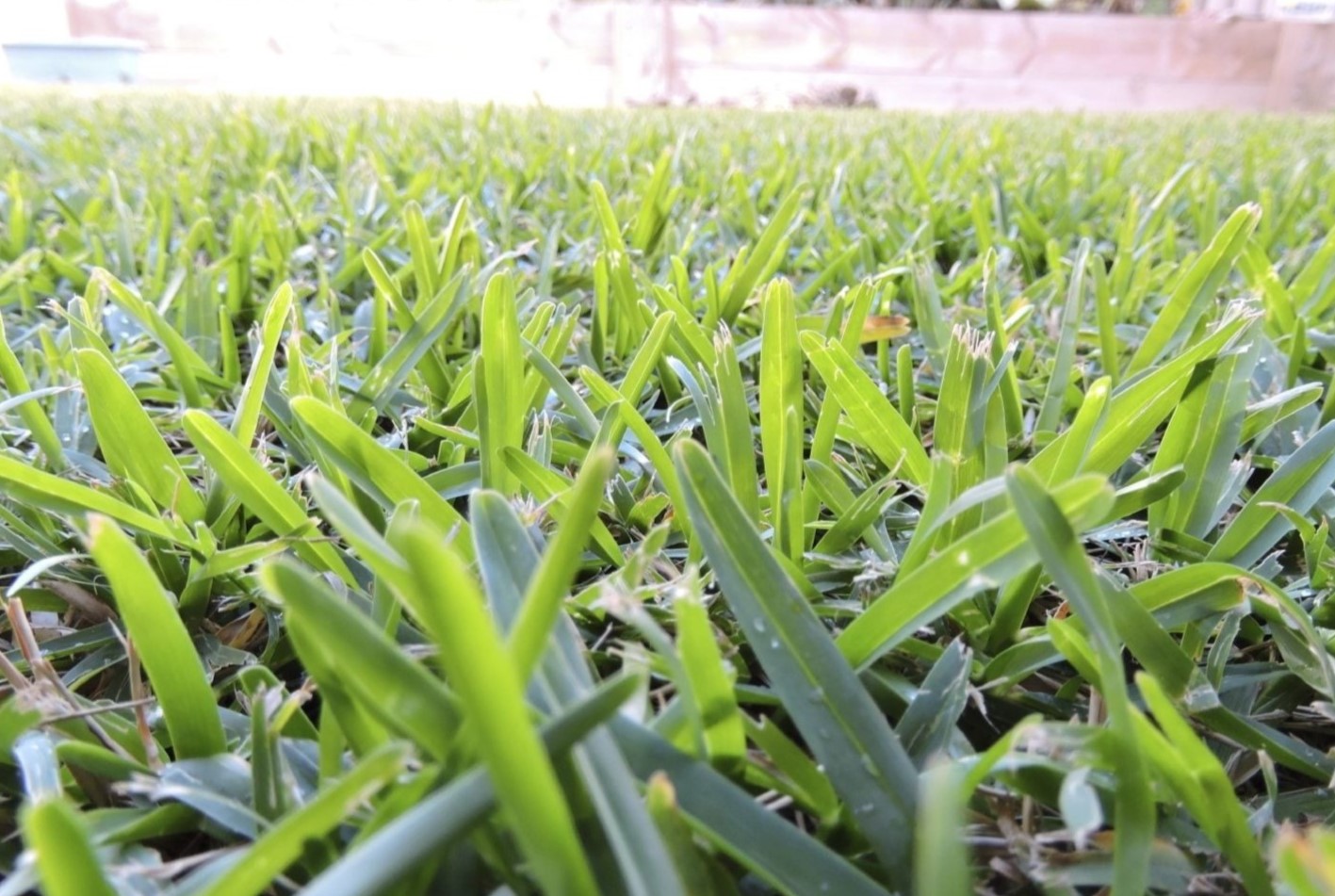

0 thoughts on “How Fast Does A Radish Germinate”